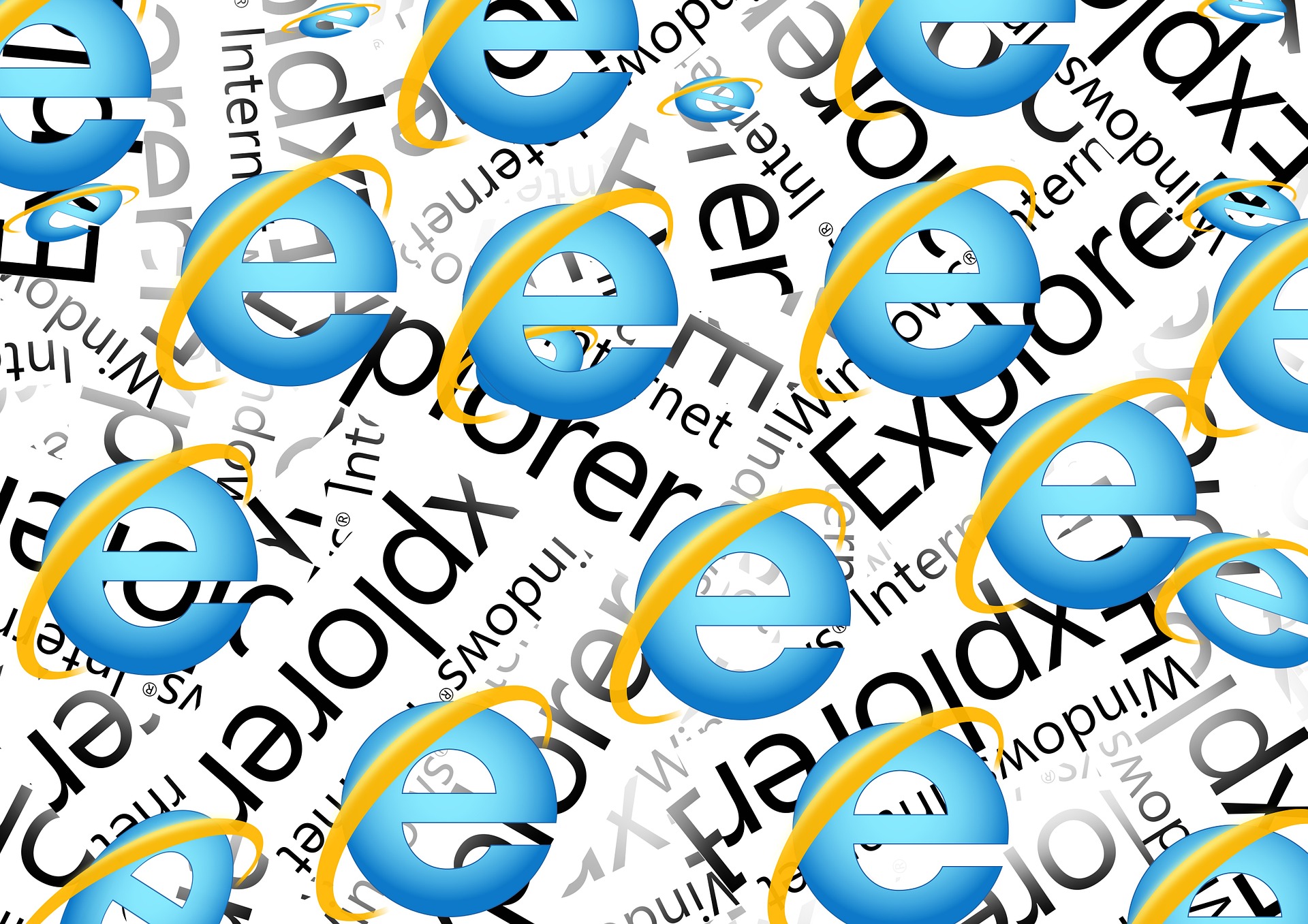IE10 is leaving with no greater security fixes. Here’s the manner by which to get your last devices off it.
Carefully, Internet Explorer 10 (IE10) has been out of support since January 2016, however this time it’s ridiculously going out of support. From January 2020, there will be no greater security fixes and no other updates, not any more free or paid support choices, and the online information about IE10 won’t get refreshed any more.
In case despite everything you’re utilizing a browser that turned out in 2012 and was initially attached to Windows 8, four years after Microsoft first started trying to get undertakings to change to IE11, it’s most likely on the grounds that you’re utilizing it on a system you can’t update, to which you would prefer not to make changes.
The only operating systems where IE10 was as yet upheld and updated after January 2016 were Windows Server 2012 and Windows Embedded 8 Standard. At the point when IE11 turned out it wasn’t accessible for Windows Server 2012, getting it for Windows 8 implied moving up to Windows 8.1 and installed systems are seldom intended to acknowledge any redesigns or updates aside from security fixes.
Since help for IE10 on those last two systems is at long last completion however they stay in expanded support until 2023, Microsoft is making IE11 accessible for them by means of the Microsoft Update Catalog, Windows Update and Windows Server Update Services (WSUS).
This is just the desktop version of IE11, not the ‘modern’ browser that runs full-screen with no plugins. That bodes well on a server, where you need the browser to open in a standard desktop window. Be that as it may, in the event that you were utilizing the full-screen browser on a Windows 8 embedded system, you may need to roll out certain improvements (like setting IE11 to full-screen kiosk mode) on the off chance that you don’t need the experience to change for users.
Turning it up to 11
Microsoft hasn’t given specific dates yet; IE11 is going to the Update Catalog at some point in spring 2019 (which likely methods before the finish of June), with the other upgrade options coming later in 2019.
That implies you won’t have numerous months to test and approve IE11 on any systems where regardless you’re utilizing IE10, so you will need to plan your test labs and pilot rings now.
Microsoft purposely didn’t put the new Edge browsing engine into IE11 on account of big business worries that it may cause similarity issues. Rather, regardless it utilizes the Trident engine and includes document modes that imitate the IE5, IE7, IE8, IE9 and IE10 rendering engines.
There are also specific Enterprise Modes to imitate IE8, and IE8 in Compatibility View (itself a similarity choice to render pages in either IE5 or IE7 record mode relying upon whether the page has the DOCTYPE tag), however in the event that your destinations worked in IE 10 you won’t require those.
What you should change are locales that have the x-ua-compatible meta tag or HTTP header set to ‘IE=edge’; in IE10 that implies Internet Explorer 10 mode, yet in IE11 it implies Internet Explorer 11 mode, since it’s simply requesting the most recent IE version. Set it to ‘IE=10’ if the site has issues.
The Enterprise Site Discovery instrument utilizes PowerShell and System Center Configuration Manager to gather insights regarding what sites users on a particular gadget are visiting in IE, which browser mode was used, and whether the browser hung or crashd on the site. You have to run the contents and introduce the operator on every PC for which you need to follow IE utilization.
Think about restricting what spaces and zones you gather telemetry from. Try not to run this for in excess of a few weeks on every gadget, as it uses WMI and the .MOF logs get very huge and may back the PC down. On the off chance that you don’t have SCCM, you should gather the logs with PowerShell as well, utilizing the Get-WmiObject cmdlet.
Use that rundown with the Enterprise Site List Manager to manufacture an Enterprise Mode Site List that powers IE11 to stack specific sites in the correct report mode, so you can get legacy web applications to stack accurately without expecting to updating their code. You can include destinations each one in turn, or in mass from a content or XML file.
Use the Web Application Compatibility Lab Kit to set the Enterprise Site apparatuses up rapidly; it’s a pre-manufactured virtual condition with Windows 7 or 10 and the Enterprise Mode Site List Manager and Discovery Toolkit as of now introduced. There’s additionally a ‘light’ form of the lab that puts the devices onto a Windows 7 or 10 PC you as of now have set up.
On the off chance that you have a great deal of inheritance web applications and need a progressively far reaching stock, a review apparatus like Browsium Proton accomplishes a greater amount of the work for you.
Moving to IE11 will disentangle moving to Windows 10 IoT Enterprise, Windows Server 2019 or Windows Server IoT 2019 (IoT being the new marking for installed) when the opportunity arrives, in light of the fact that you’ll as of now have done the similarity work. With the Chromium-put together form of Edge with respect to the way — which may well have installed IE support — and the finish of expanded help for Windows 7 and Server 2008/ 2008 R2 coming in January 2020 too, this is a decent time to arrange for what your inheritance IE utilization will look like later on.
How useful was this information?
Click on a star to rate it!


